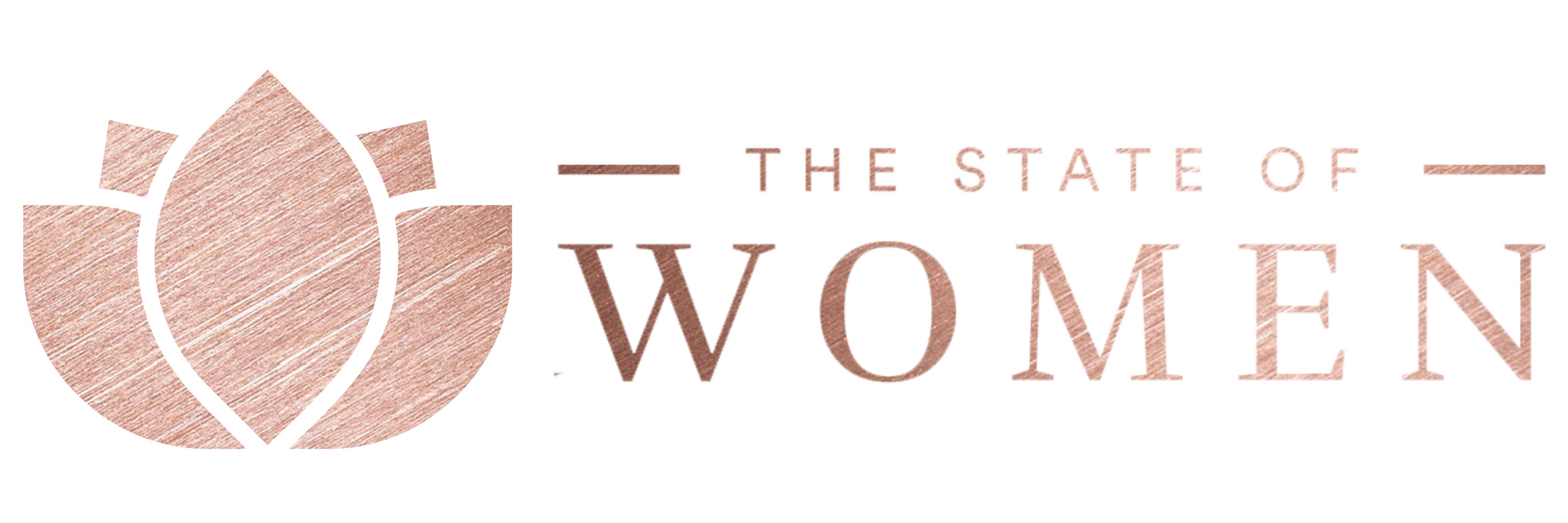theconversation.com – As we approach the UN International Day of Families, only the foolhardy would try and predict the future of family groups. Previous attempts have, in fact, failed. William J. Goode, writing in the early 1960s during the “golden age of marriage”, saw convergence towards the Western-style conjugal family as an inevitable consequence of industrialization. No sooner had his seminal book, World Revolution and Family Patterns, been published than divorce rates started increasing, and married women began moving into the labor force.
Nothing ventured, nothing gained, however. And there are some clear clues we can draw on to guess how family life might change in Europe over the years.
From the early 1970s, marriage and childbearing began to be postponed and cohabitation and non-marital childbearing started to increase. The trend is clear in the chart below.
Demographers Dirk Van de Kaa and Ron Lesthaeghe interpreted these changes as the consequence of changing values, increased self-fulfillment and individualism. They suggested that all European countries would experience a “second demographic transition”. Marriage, sex and parenthood would be separated, and we would see a convergence to sustained low fertility and a new set of family forms: non-marital fertility, lone parenthood, cohabiting couple families.







